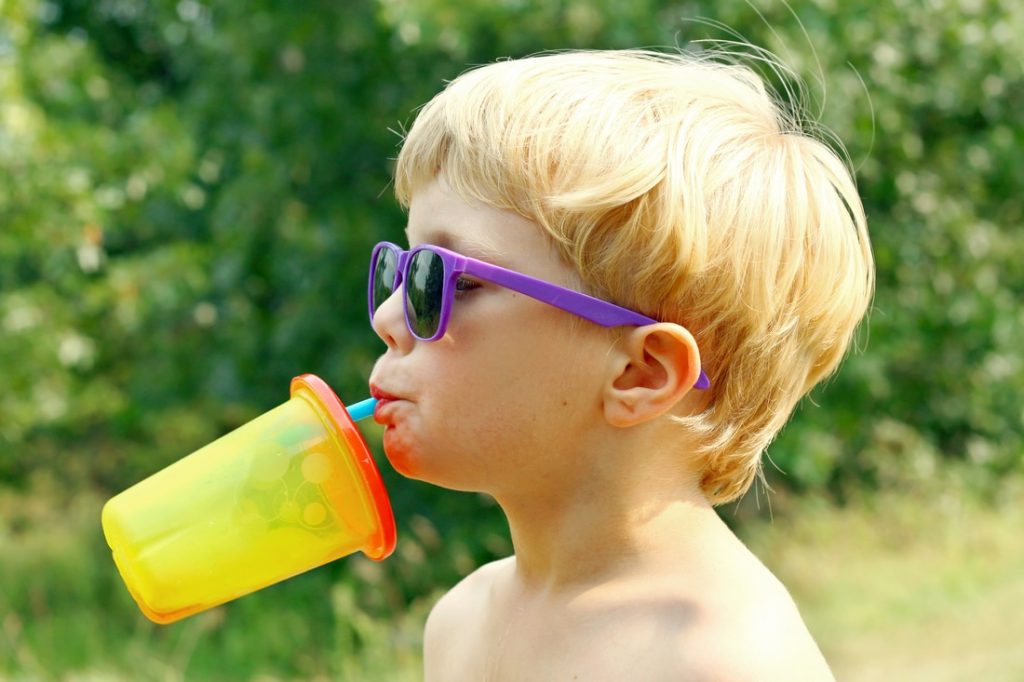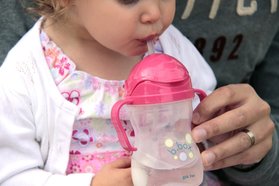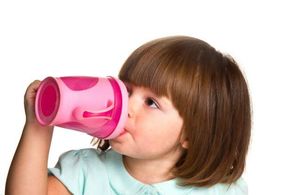Activities to Help Your Child’s Oral Motor Development
If you read our post about why straw cups are better than sippy cups, you’ll know that we have a lot to say about oral motor development in young children (because it impacts their speech development, among other things!). When we tell parents to work on strengthening their child’s oral musculature (i.e., lips, cheeks, tongue, jaw), we usually get a panicked look but we’re here to give you some great activities that you can easily incorporate at home. And trust us, they’re easy and fun!
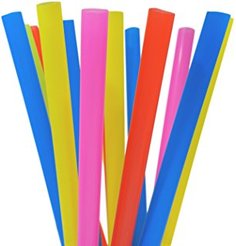
1. Straws: Now, we already talked about using straw cups, but there are some other great ways to use different straws to help strengthen your child’s oral musculature. First, make sure that your child can use a normal sized straw to drink water. Water is a ‘thin’ liquid, which means it moves quickly, so it’s important to make sure your child is safe drinking water so they will not choke. Once they’ve mastered the ‘thin’ liquid, slowly try using thicker textures: (1) drinkable yogurt, (2) applesauce, (3) regular yogurt,(4) thin smoothies, (5) pudding and (6) milkshakes. For each texture, start with a wide or fat straw (think about the straws you use for milkshakes). Slowly work into a more narrow straw, eventually maybe using a twisty or bendy thin straw to increase the difficulty. Using straws in this way can help your child to strengthen their cheeks and lips, along with helping them to learn to retract their tongue.
2. More activities with straws (I know, seriously?!): Straws can also be used to do fun art projects or games, which can also help work on your child’s oral structures/musculature and also their breath-support (children with weak oral musculature will often have weak breath-support as well). Breath-support is crucial for appropriate volume (being loud enough) and also for specific sounds in speech development. For an art activity you can simply drop some paint on paper and have your child blow it around with their straw to make a beautiful and fun picture. You can also set up a “soccer game” by using paper (or if your child has great breath-support, a cardboard box) as the field and blowing cotton balls into the goal. These are just two fun activities to help promote strengthening oral structures and breath-support.
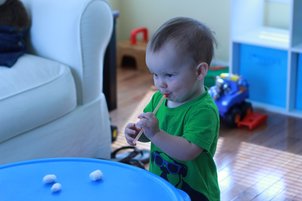
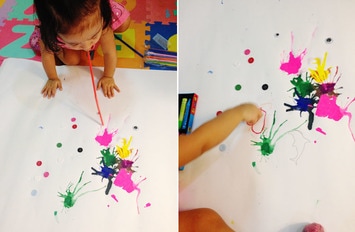


3. Bubbles: This is always a kid favorite! We recommend using the no-spill bubbles and our favorite brand is Fubbles. These bubbles make it easy to use in your house because even if an over-zealous toddler knocks it over, no mess! Bubbles are great for working on lip rounding, especially if you notice that your child has a weak pucker. To check if your child has a weak pucker, have them make a ‘kissy’ face and look at their lips. If your child’s lips can’t round or if they look like they’re more of a line as opposed to an “O”, your child may have a weak pucker.

4. Food Spreading: This may sound weird, but hang with us for a second. Lots of kids have weakness in their tongues (think, when kids say “wight” instead of “light”). This is usually due to weakness in the tongue. “Food spreading” (totally made up name) is when you put a sticky, spreadable food along various parts of your child’s mouth. Peanut butter, Nutella, frosting, Cheez Wiz- anything that will stick is good. Use a spoon and spread a bit of the food along the top lip or bottom lip or sides of the mouth and have your child try to use their tongue to reach out and lick the food off. Easy as cake (or frosting)!
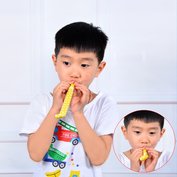
5. Whistles: These can easily be the most noisy (and sometimes annoying) of the all oral motor activities, but we can help you out to make these more tolerable. We recommend making the whistles YOURS, but telling your child that you’ll be happy to share them. When you introduce them, make sure to instruct your child to use their lips (rather than biting the whistle with their teeth to hold it). Feel free to use them outside only or just for small pockets of time (to keep your sanity), but these are a great way to work on strengthening your child’s lips, cheeks, and jaw stability, which are needed for various sounds in speech. You can try using different types of whistles to switch it up and make it easier or harder. Whistles that are flatter (like this one or this one) are easier to use vs. smaller or more rounded whistles. .
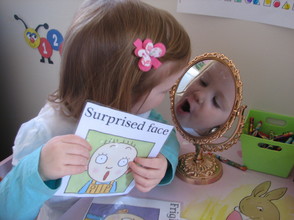
6. Mirror, Mirror: Kids love looking at themselves in mirrors! Use that to your advantage when you’re in the bathroom, helping wash their hands or brushing their teeth and play a game in the mirror. Make silly faces, move your tongue from side to side, or alternate making kissing and then smiling faces and have your child try to imitate you. This is another good activity to strengthen oral musculature, but will also help you look at your child’s motor planning. In speech, motor planning is imperative to help put sounds together to form words. If your child seems to have a hard time smoothly alternating between different faces or cannot imitate your faces at all, this could be a redflag with their motor planning abilities.
By introducing these fun activities at home, you can encourage and work on your child’s oral motor development, which in turn will help their speech development!
If you are having concerns or questions about your child’s oral motor, speech, language and/or communication development reach out to us at The Speech Space! We offer free screenings, which take approximately 30 minutes, and can help identify potential problems.

